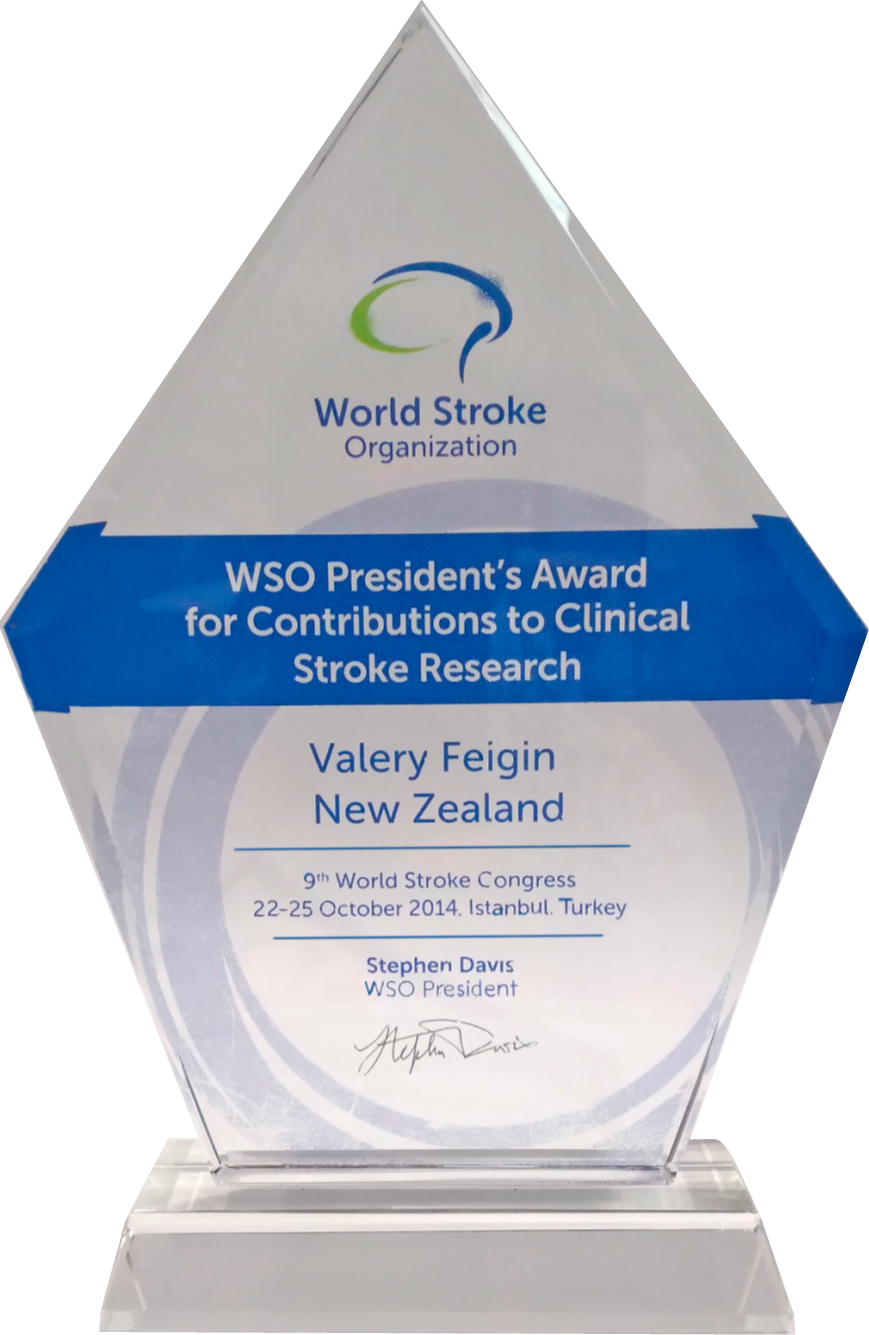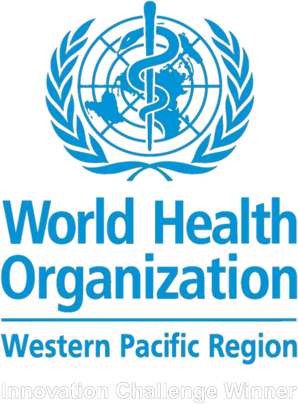PERSONALISED
PREVENTION IN ROUTINE
CLINICAL PRACTICE
PREVENTION IN ROUTINE
CLINICAL PRACTICE
of stroke and other diseases
science combined with digital technology helps reduce the burden of strokes, heart attacks and other major non-communicable diseases by up to 20% in 5 years

for the whole population
RISK ASSESSMENT
WE PROVIDE A TOOL THAT BENEFITS PEOPLE AT ANY LEVEL OF RISK



helps to reduce the risk
via motivational techniques,
individual-tailored recommendations
and regular monitoring
via motivational techniques,
individual-tailored recommendations
and regular monitoring
prevents-md
WHAT PREVENTS-MD PROVIDES

- Personal health risk information
- Tailored recommendations to reduce risk
- S.M.A.R.T. goals to improve health behaviour
- Personal progress visualisations

- Time-saving tool
- Scientifically proven risks estimations
- International guidelines-based, autogenerated, editable preventative recommendations adapted for lay people
- S.M.A.R.T. goals setting support
- Effective analysis of preventative interventions

- Real-time regular reports
- The most prevalent and impacting risk factors (missed prevention opportunities)
- Prediction of incidence and healthcare resources demands
- Effectiveness of preventative activities

- Standardised datasets
- Direct market access
- Special versions tuned to customer’s demands

- PreventS-MD development is supported by international collaborators from more than 27 countries
- Datasets include cross-sectional and prospective data on stroke and other major non-communicable diseases risk factors
- Integration with electronic Patient Management Systems allows various descriptive and analytic analyses


PRACTICAL BENEFITS OF PREVENTS-MD
Benefits for patients
and clinicians
and clinicians
Saves clinician’s time on providing evidence-based, comprehensive (lifestyle and pharmacological), and individually tailored preventative recommendations
Allows an integrated approach to the prevention of stroke and other major non-communicable disorders that share common risk factors, such as other CVDs, dementia, diabetes, chronic kidney and pulmonary diseases, cancer, etc.


Benefits for healthcare services and decision makers
Allows reduction of the length of hospital stay and rate of re-admission of patients with stroke as well as cost saving for the community by reducing the burden of non-communicable disorders
Allows obtaining real-time, objective, comprehensive and standardised information on the level of risks and effectiveness of the prevention of stroke and other major non-communicable disorders in the population served


implementation into practice
MAJOR PUBLICATIONS
selected from over 500 journal articles

Testimonials

PATIENTS
I thought it was brilliant…it quantifies exactly what to do to reduce risk levels
It was explained very simply
A 15-minute information and all coming to me. It’s sort of just makes you think really quick

CLINICANS:
I thought it was brilliant…it quantifies exactly what to do to reduce risk levels
It’s an easy way of getting all the information in one go to the patient







